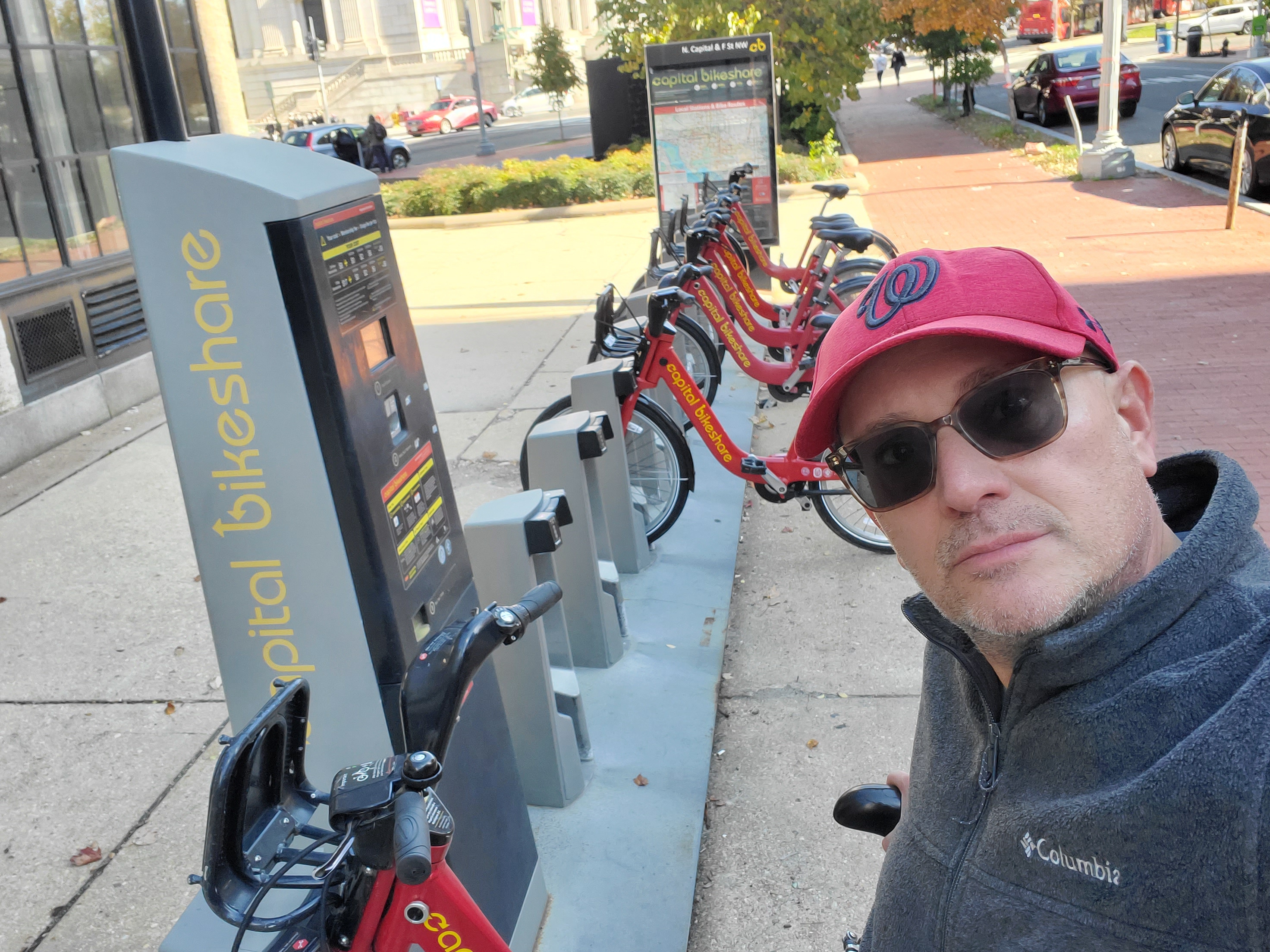
They succeeded in some cities and stumbled in others, but overall, bike share programs in the U.S. have been a success, according to research coming out of the University of Washington.
Commitment to bike share programs matter
Dafeng Xu, an assistant professor at UW who specializes in data science and whose research includes urban and regional policy, crunched data from cities with bike share programs, such as Washington, D.C. and Portland, Oregon. While the overall percentage of bicycle commuters across the U.S. is very low — 0.6 percent, according to Xu’s analysis — commuting by bicycle increased 20 percent between 2008 and 2016, whether or not cities had established bike share programs. But in cities that had committed to bicycle sharing programs as part of the local public transportation infrastructure, the rate of bicycle commuting enjoyed higher rates of growth.
As a rule of thumb, the larger the bike share program, the greater the increase in bicycle commuting. Xu pointed out one notable failure, Seattle’s Pronto system, which among its many struggles before it shuttered in 2017 included the failure of the city to expand the program outside the city’s core.
Despite this crisis, interest in bicycling hasn’t gone away
While the ongoing COVID-19 crisis — and now, the nationwide protests — has largely curbed the use of these bike share programs, Xu suggested they could grow even more if three big changes would occur from city to city: more bicycle lanes, expansion to outlying communities and lengthening the maximum rental time. Bike share programs such as Capital Bikeshare in Washington, D.C., for example, often cap trip lengths at 30 minutes before additional fees kick in.
Across the U.S., various bike share programs were poised for expansion, from the Boston region’s BlueBikes (shown above in Cambridge, Massachusetts) to Divvy in Chicago.

Image: Capital Bikeshare in D.C. is one of the more successful bike share programs in the U.S.
While local stay-at-home orders and crunched municipal budgets may put many of those plans on hold, there’s plenty of reason to be optimistic that bicycle commuting, and life on two wheels in general, will soon enjoy a renaissance.
Commuters’ skittishness to return en masse to public transportation systems is part of this story. But with social distancing becoming the norm, even long after it passes as government-mandated local decree, municipal leaders and citizens alike now see the empty sidewalks and streets. And therein during these bleak times is a silver lining of opportunity.
Opportunities in empty streets
“COVID-19 presents a wholly different challenge,” wrote Allison Arieff last month in the New York Times, adding that it’s time for local officials to decide “how to think about bringing people together while also needing to keep them apart.”
City officials are rising to that challenge, as mayors from Oakland, California, to New York City are closing mile after mile of city streets to cars and relinquishing them to pedestrians, skateboarders and cyclists. So if and when this crisis passes, these same local officials will confront a problem that actually will be a nice one to have: how to keep these same streets and neighborhoods closed to traffic as the odds will be high that residents won’t want to go back to how they lived before.
In some cities, the future is already here. Some bike share programs are already expanding, such as New York’s Citi Bike program, which last month expanded to more areas including the Bronx.
Image credits: Leon Kaye

Leon Kaye has written for 3p since 2010 and become executive editor in 2018. His previous work includes writing for the Guardian as well as other online and print publications. In addition, he's worked in sales executive roles within technology and financial research companies, as well as for a public relations firm, for which he consulted with one of the globe’s leading sustainability initiatives. Currently living in Central California, he’s traveled to 70-plus countries and has lived and worked in South Korea, the United Arab Emirates and Uruguay.
Leon’s an alum of Fresno State, the University of Maryland, Baltimore County and the University of Southern California's Marshall Business School. He enjoys traveling abroad as well as exploring California’s Central Coast and the Sierra Nevadas.














